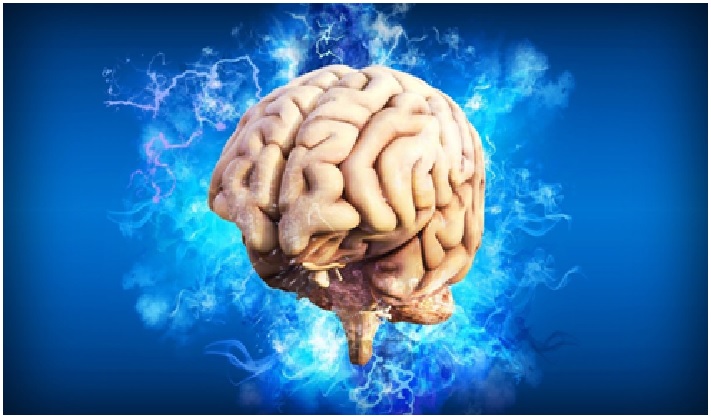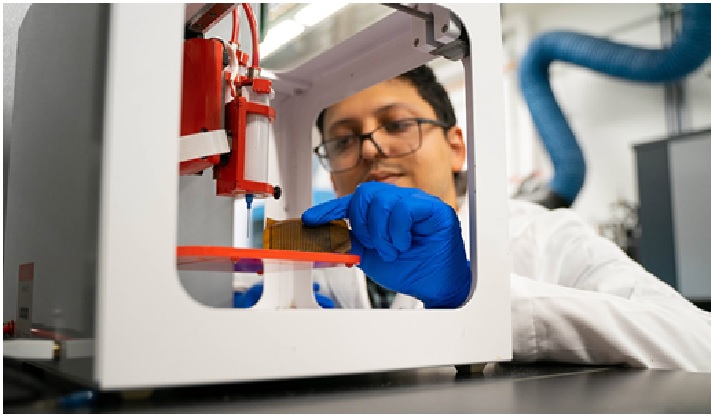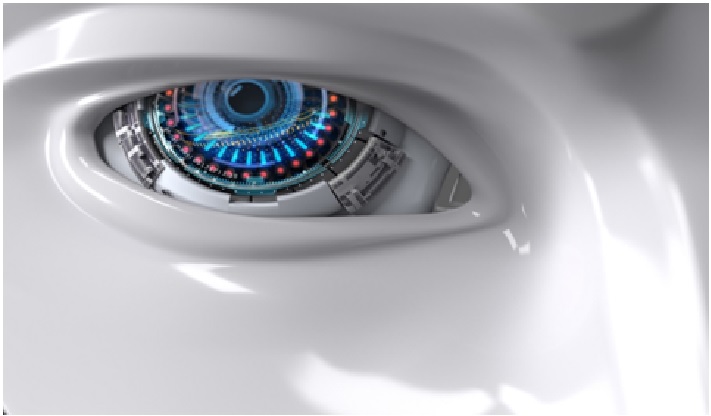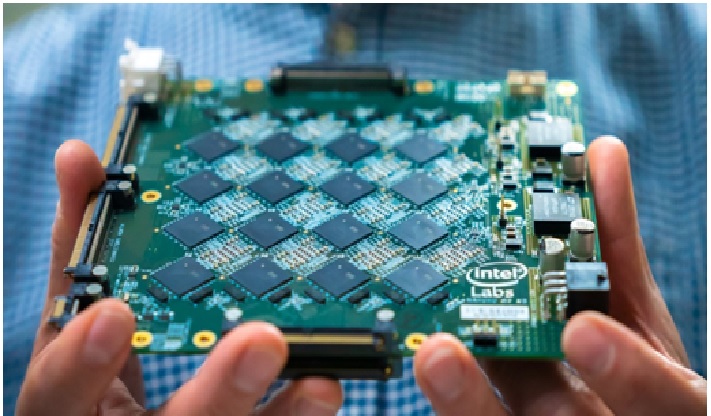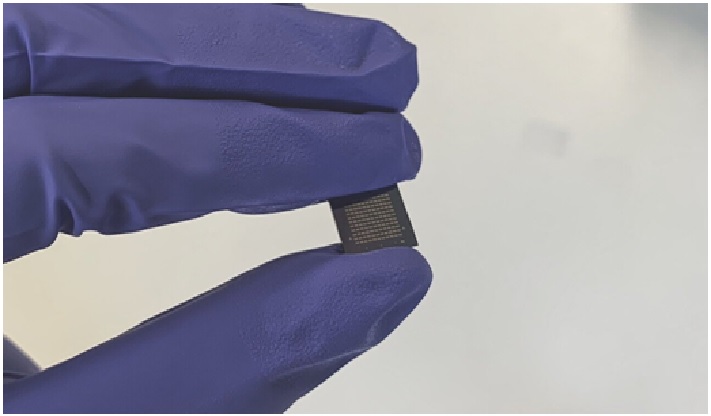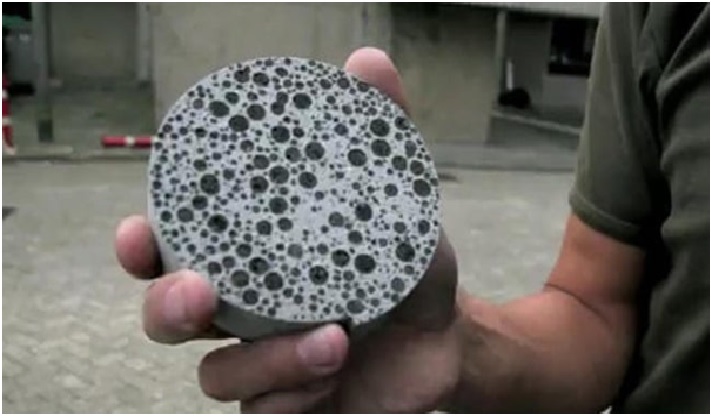The Red Bricks Turned into Energy Storing Devices
Red Bricks are one of the strongest building materials that have been widely used in construction for more than 6,000 years. [1] The term brick initially referred to the block that consisted of dry clay. The functions of energy storing red bricks is shown in figure 1.
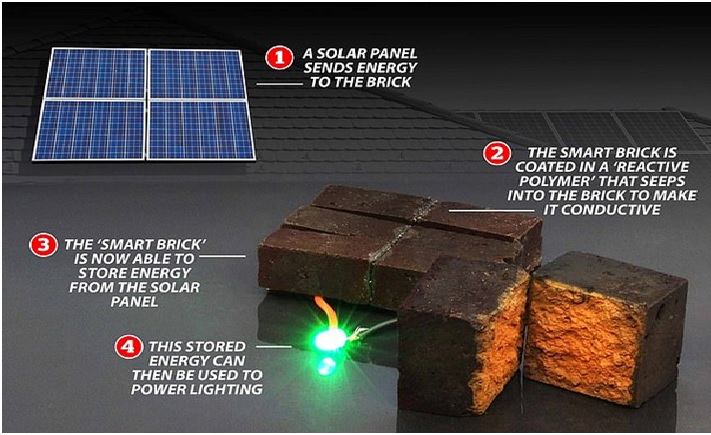
Figure 1: The Energy storing Red Bricks [2]
Currently, bricks are mainly utilized in walls and are usually joined together using mortar. Fired bricks are highly resistant to weather conditions. Moreover, they tend to absorb heat transferred during the day and release it during the night, a fact that is beneficial for preserving temperature conditions in a building.
Nevertheless, according to a new study, published in Nature Communications, red bricks can also be used to store energy and act like batteries.
In particular, chemist researchers from Washington University in St. Louis, have created a technique that makes bricks capable of storing power and using it to power devices. The bricks can be connected to solar panels and store renewable energy.
Walls and buildings made of bricks already occupy large amounts of space, which could be better utilized if given an additional purpose for electrical storage. [3] While some architects and designers have recognized the humble brick's ability to absorb and store the sun's heat, this is the first time anyone has tried using bricks as anything more than thermal mass for heating and cooling.
D'Arcy and colleagues, including Washington University graduate student Hongmin Wang, first author of the new study, showed how to convert red bricks into a type of energy storage device called a supercapacitor.
Although the research is at its early stages, the bricks are found to have far-reaching potential. Since bricks are the building locks of any construction, a large amount of space it occupies can be utilized for storing energy.
The research tam developed a conducting polymer poly (3,4-ethylene-dioxythiophene), called – PEDOT- and coated the bricks with it. The nanofibers in the polymer seep into the porous brick where the coating is trapped. This coating stores and conducts electricity.
The research focuses on red bricks as it contains iron oxide (rust), which triggers the polymerization reaction. [4] The red color of a brick originates from hematite, a pigment, and serves as s low-cost naturally abundant inorganic precursor for catalysts, magnets, and alloys.
The bricks can also be made waterproof by using a five-minute epoxy which enables the operation of the supercapacitors while submerged underwater and a gel electrolyte extend cycling stability to 10,000 cycles with 90% capacitance retention.
“PEDOT-coated bricks are ideal building blocks that can provide power to emergency lighting,” D’Arcy says. “We envision that this could be a reality when you connect our bricks with solar cells—this could take 50 bricks in close proximity to the load. These 50 bricks would enable powering emergency lighting for five hours.
“Advantageously, a brick wall serving as a supercapacitor can be recharged hundreds of thousands of times within an hour. If you connect a couple of bricks, microelectronics sensors would be easily powered.”
References:
- https://www.thecivilengineer.org/news-center/latest-news/item/2317-bricks-turned-into-energy-storing-devices
- https://thehavok.com/energy-storing-bricks-redefines-ways-of-power-storage
- https://www.sciencedaily.com/releases/2020/08/200811120154.htm
- https://mercomindia.com/these-bricks-energy-storing-devices
Cite this article:
Vinotha D (2022), The Red Bricks Turned into Energy Storing Devices, AnaTechMaz, pp.175



